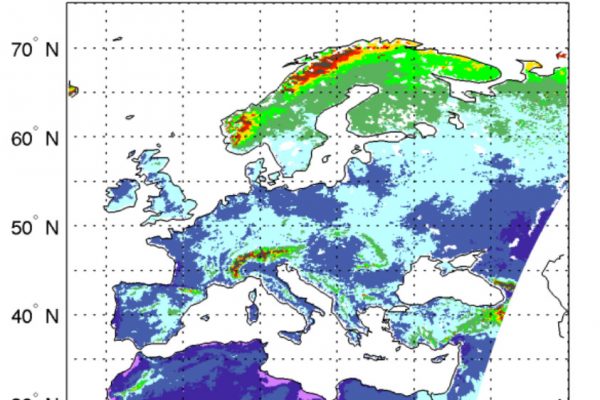Whatever the weather?
New research from the BlueHealth team has found that natural environments are a resilient public health resource for supporting physical activity—even in bad weather.
Published in the journal Urban Forestry and Urban Greening, the study sought to investigate how both weather and daylight conditions affect physical activity in different types of nature setting, and how this might be altered by future climate change.
Combing Met Office data with information on over 40,000 visits to natural environments in England, the team found that increasing temperatures, lower wind speeds, and more daylight hours were associated with higher physical activity on visits to all natural environments.
When only looking at parks, they found the same pattern, but this changed for other natural environments. Only longer daylight hours were related to more activity in woodlands; lower wind speeds and longer daylight hours were related to more activity at inland waters; and only higher air temperatures were related to activity at the coast.
Lead author of the study, Dr Lewis Elliott said:
“We often espouse the benefits of natural environments to physical activity, but bad weather can be a real barrier to getting out there in the first place. Our findings suggest that come rain or shine, natural environments can provide a very effective public health resource.”
Consistent with previous research, the team also reported tentative evidence that owning a dog could buffer the negative impacts of adverse weather on physical activity. The study also used climate change projections in their analysis but found little evidence that these patterns would change considerably in the future.
You can access the full report here




